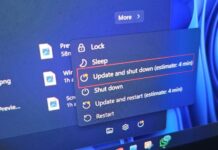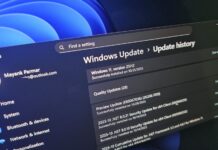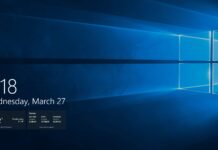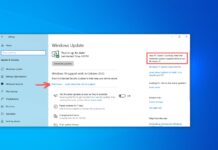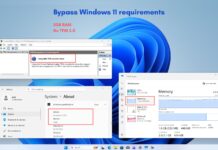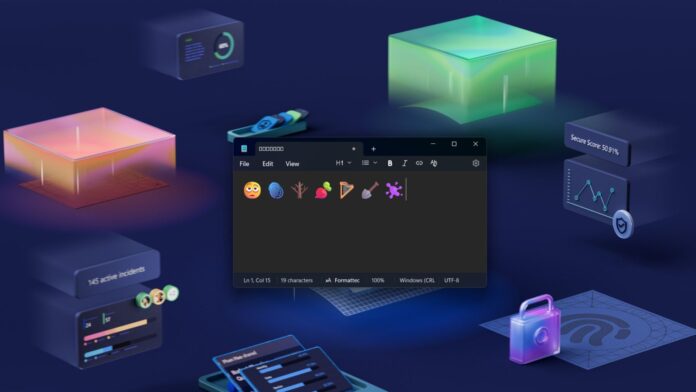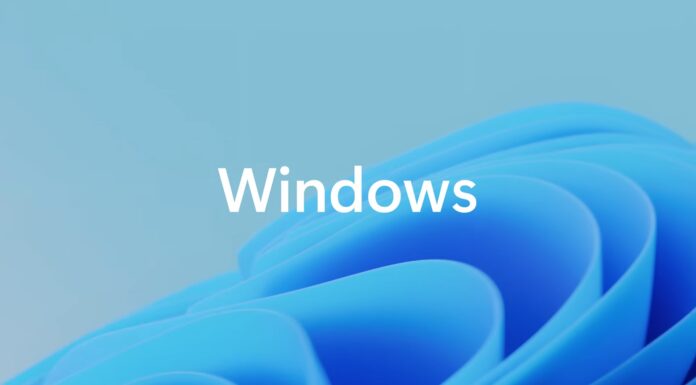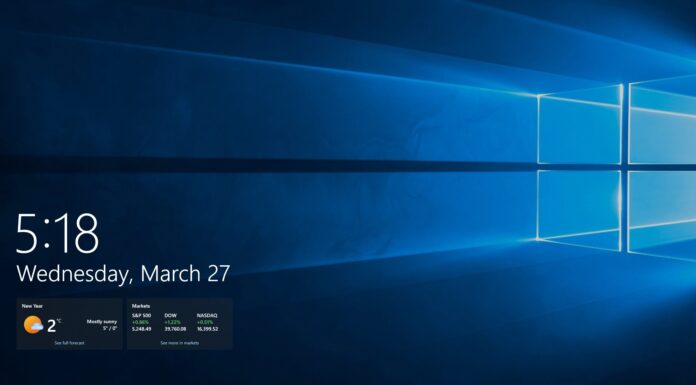The Emoji 16.0 update has finally reached Windows 11, months after reaching Android, iOS, and macOS. However, the new emojis, including Fingerprint and Shovel, are not yet available on the Emoji Panel, and also don’t work on all apps and websites.
Windows Latest spotted that the new Emojis were added to Windows 11 24H2 with the August 2025 optional update (KB5064081), and rolling out with the September 2025 Patch Tuesday.
It’s hard to believe that emojis originated in 1999, let alone that there were 176 icons even at that time. It became a cultural staple in Japan, but by the end of the new decade, there were different platforms and devices, and hence came a dire need for a global standard.
In 2010, Unicode 6.0 officially added a staggering 722 emoji characters to the global standard, and when iOS 5 added a dedicated emoji keyboard in 2011, millions started using it in texts and tweets.
Android added native emoji support in 2013, which was around the same time when Windows 8.1 also added its first major emoji support with the Segoe UI Emoji font. Up until then, emojis appeared as black-and-white glyphs in Windows, unless third-party fonts were installed.
Windows 10 expanded the emoji set with Unicode updates in 2015. But what gave emojis system-wide accessibility in the now dying OS was the Emoji Panel (Win + .), introduced in version 1803 in 2018. Even though emojis were rendered in full color, there were inconsistencies across apps.
A major redesign of the emojis came with the launch of Fluent Emoji design in 2021 with Windows 11. It was first entirely in 2D, but later evolved into 3D-style hybrid fonts.
Windows Insider builds began supporting newer Unicode versions faster. The Emoji 15.1 update came to Insider builds in late 2023, bringing the now-popular Head Shaking Horizontally emoji.
Windows 11 gets Emoji 16 update
Windows Latest first noticed the new emojis by the end of August on our PC with Insider build. Now, I noticed that my PC running regular Windows 11 24H2 also displays the new emojis after I installed Windows 11 KB5064081.
Emoji 16 update in Windows 11 carries the following 7 new additions, bringing the total emoji characters to 3,790:
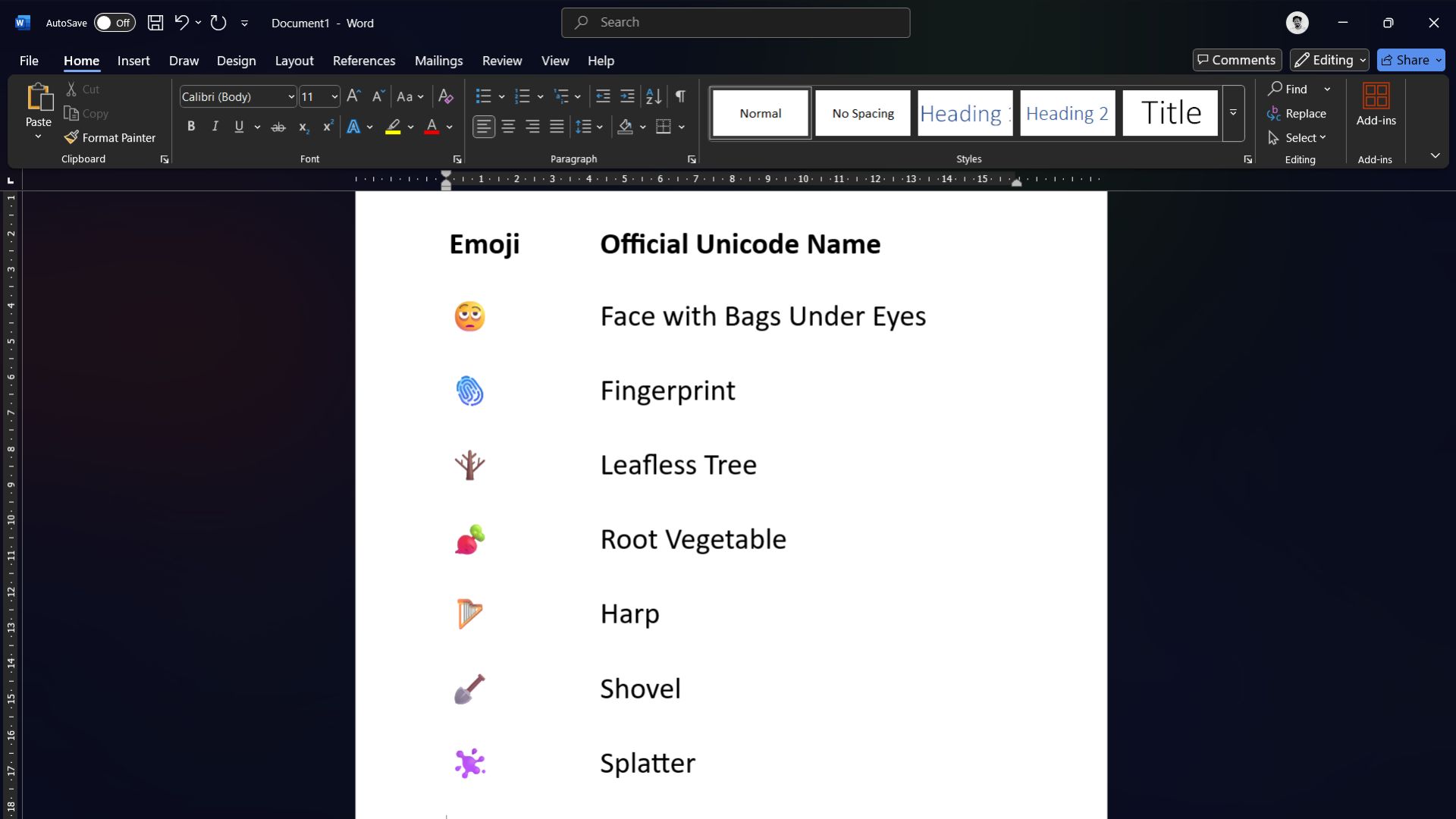
But don’t get your hopes high as these emojis aren’t yet available on the Windows 11 Emoji Panel. So, you don’t get system-wide access to these emojis, but these can now be viewed in certain websites and applications, instead of the rectangle that shows when a particular emoji is not supported.
There is also a very new emoji called the “Flag: Sark” emoji, which is not yet rendered anywhere in Windows, except WhatsApp.
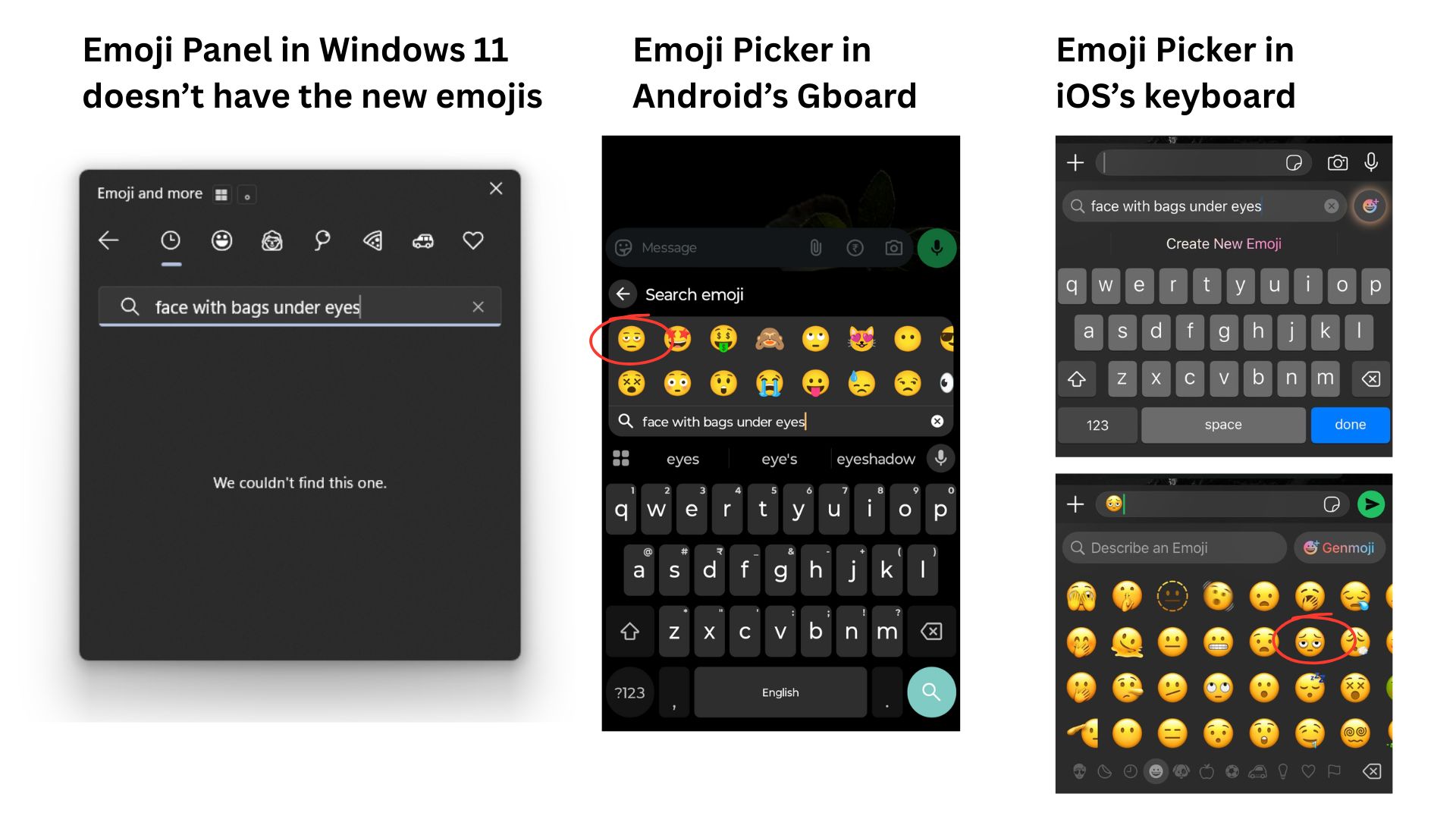
To be fair to Windows, the usually up-to-date iOS emoji picker also lacks the “face with bags under eyes” emoji, as of writing this article. Android emoji picker is the only one that shows this emoji when I search for it. This is the official name of the emoji as per the Unicode global standards. However, the iOS keyboard does show the emoji in the grid. So maybe Apple might use a different name for “face with bags under eyes” emoji.
Where Emoji 16 works and where it doesn’t in Windows 11?
The following observations I made hold true for both the latest Insider build and the regular stable Windows 11 build. I copied the official Unicode 16.0 emojis and pasted them in multiple apps and websites to see which worked and which didn’t.
Right now, the Emoji 16.0 characters display correctly in some apps and websites, while they appear as the infamous blank rectangle in others. On my PC, the new icons like Shovel and Fingerprint render perfectly in Notepad and OneNote, but not in Outlook. The address bar in the Edge browser shows blank rectangles.
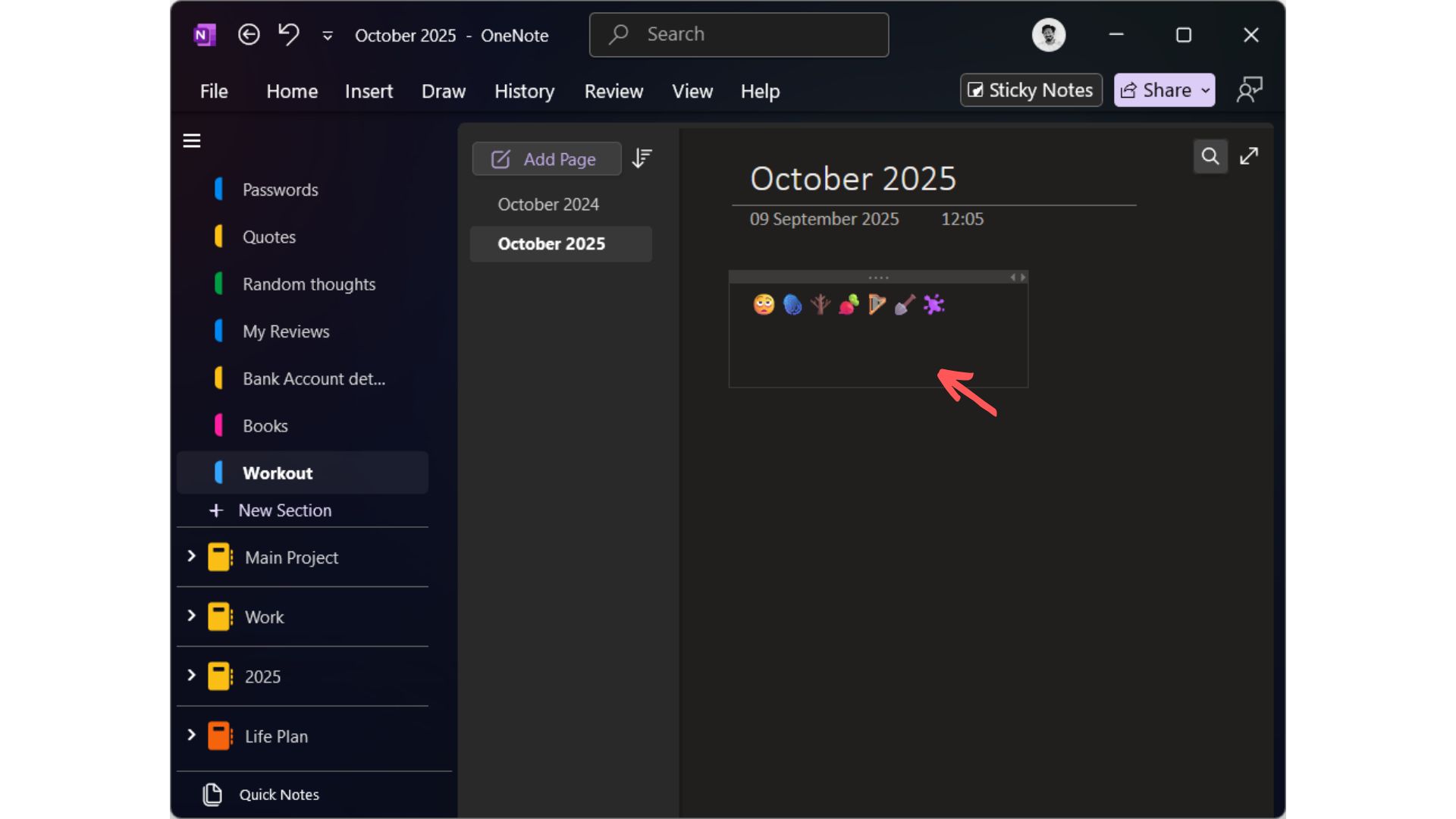
Other first-party apps like Word, PowerPoint, and Microsoft Teams render these emojis properly. But the web version of Word doesn’t show them.
Gmail on the web shows the emojis, but Google Docs, Sheets, and Keep don’t show the emojis, which is odd.
WhatsApp has done a brilliant job as both the desktop and web versions show 16.0 emojis, even the “Flag: Sark” emoji. Facebook’s web version also shows them, but Instagram doesn’t. Neither does X (formerly Twitter).
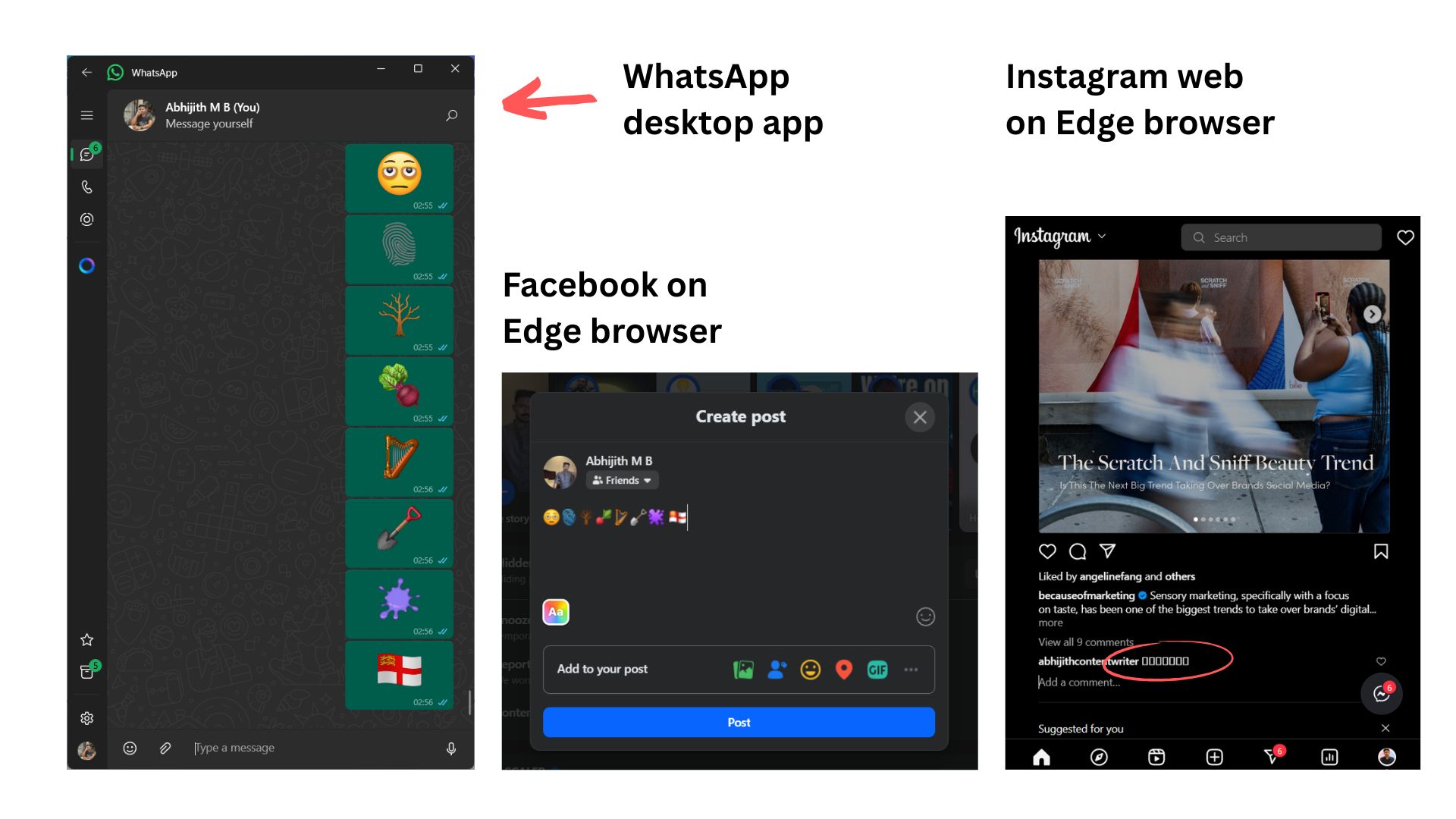
Adding to the frustration, some apps I use daily, like the Copilot app and Phone Link, haven’t got the Emoji 16.0 update yet.
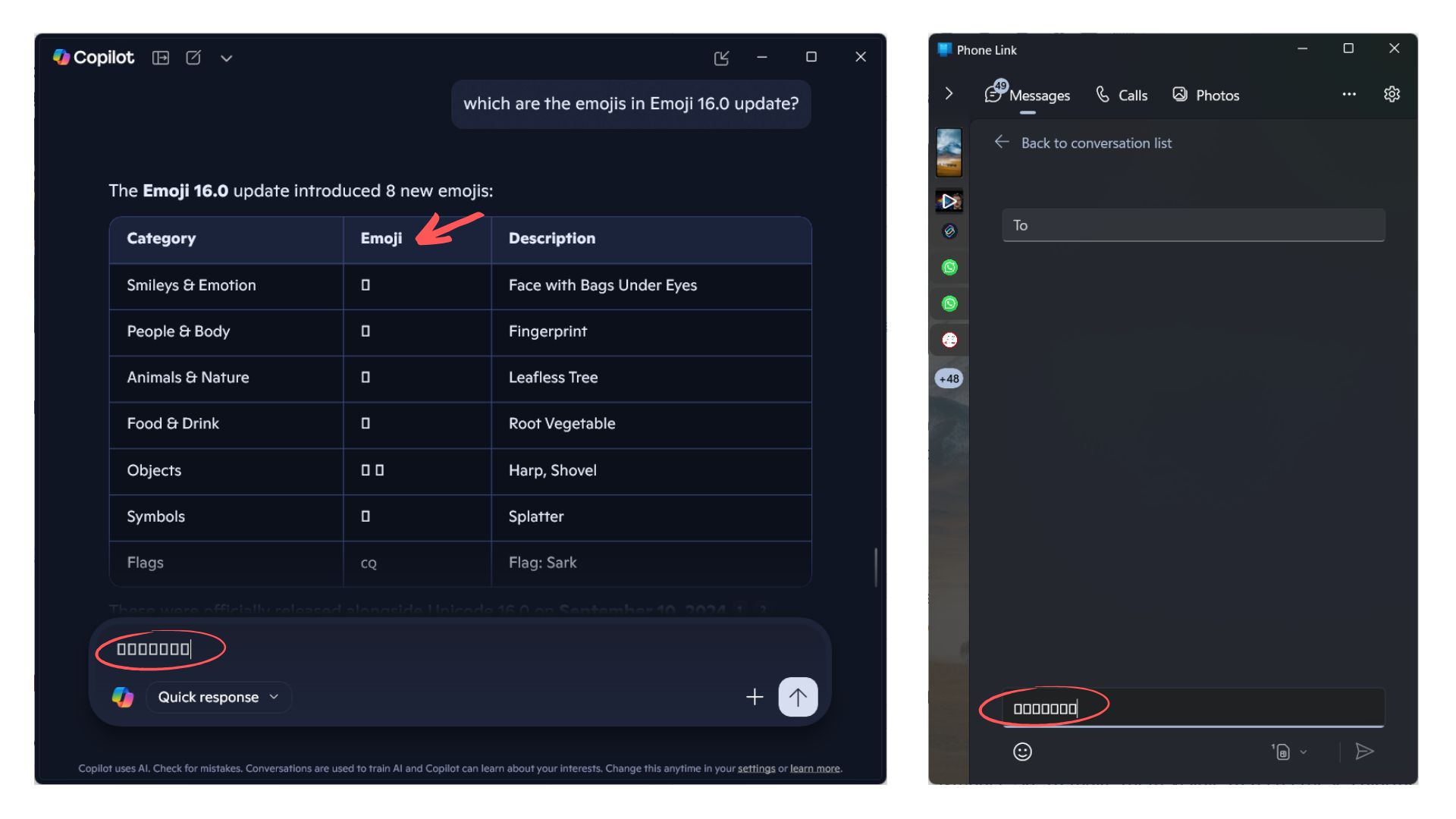
All this goes to show how inconsistent emojis are across Windows, and that’s because different apps use different rendering technologies. Android, iOS, and even macOS have had workarounds to this and have a more cohesive emoji rendering system.
How emojis are rendered in Windows 11?
At an OS level, emojis are basically Unicode characters. They are numbers assigned by the Unicode Consortium to represent symbols. So, to make them visible to us as these colorful emojis, the OS needs a font that maps each Unicode number to that colorful glyph.
The Segoe UI Emoji font takes care of this duty on Windows, and it’s Microsoft’s duty to update it periodically with each Unicode release.
When you paste an emoji or select it from the Emoji Panel, Windows looks up the code point and fetches the corresponding glyph from Segoe UI Emoji. Here, from the emoji panel, what you see is Microsoft’s Fluent Emoji design, but after clicking it, the icon that shows on the text box in the particular app may look completely different.
What happens is, not every app relies on this Segoe UI Emoji. Most applications and web platforms use their own emoji sets and rendering engines.
Microsoft Word, PowerPoint, Notepad, and OneNote all show icons because they use Microsoft’s own DirectWrite rendering API and have access to the updated Fluent Emoji design.
Strangely enough, the text area in Notepad renders Emoji 16.0, while the title bar shows blank rectangles. That’s because the editor pane uses DirectWrite, while the title bar in all apps is rendered by the Win32 API or GDI. The old Notepad used this same API.
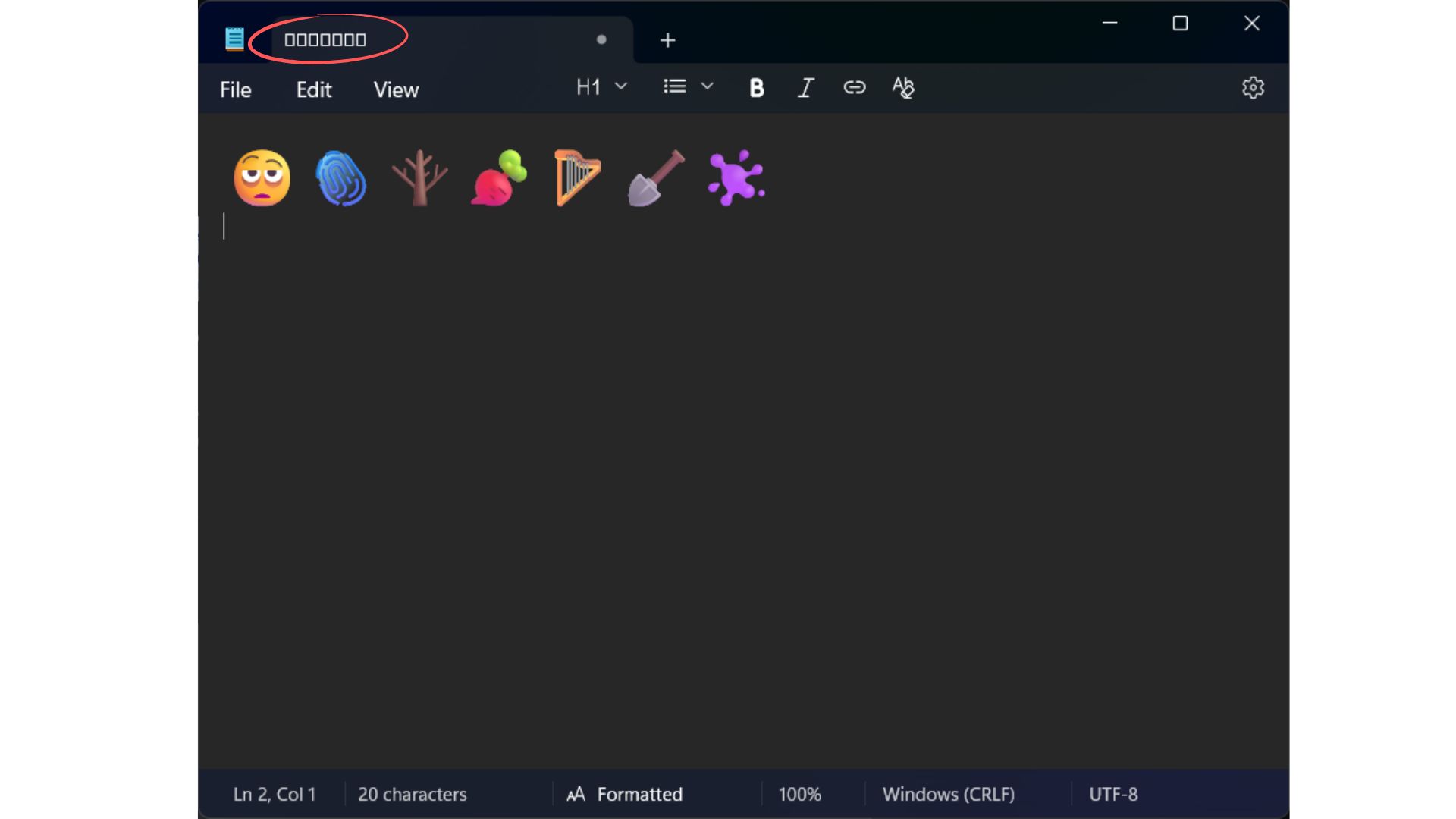
WhatsApp, both on desktop and the web, has no issues either, as it has its own emoji set that isn’t dependent on Windows updates.
Telegram’s desktop app, Gmail in browser, Copilot on web, ChatGPT, Facebook web, Teams, and Reddit either pull from Segoe UI Emoji when available or use their own web-based fonts that already support Unicode.
Legacy applications are still built on the older GDI-based systems. Outlook desktop uses WordMail built on RichEditD2D, which only has partial emoji support. Windows Search and Edge, and Chrome address bars use Win32-legacy or WebView surfaces, where font overrides block Segoe UI Emoji. That’s why emojis on Windows Search don’t have Fluent design.
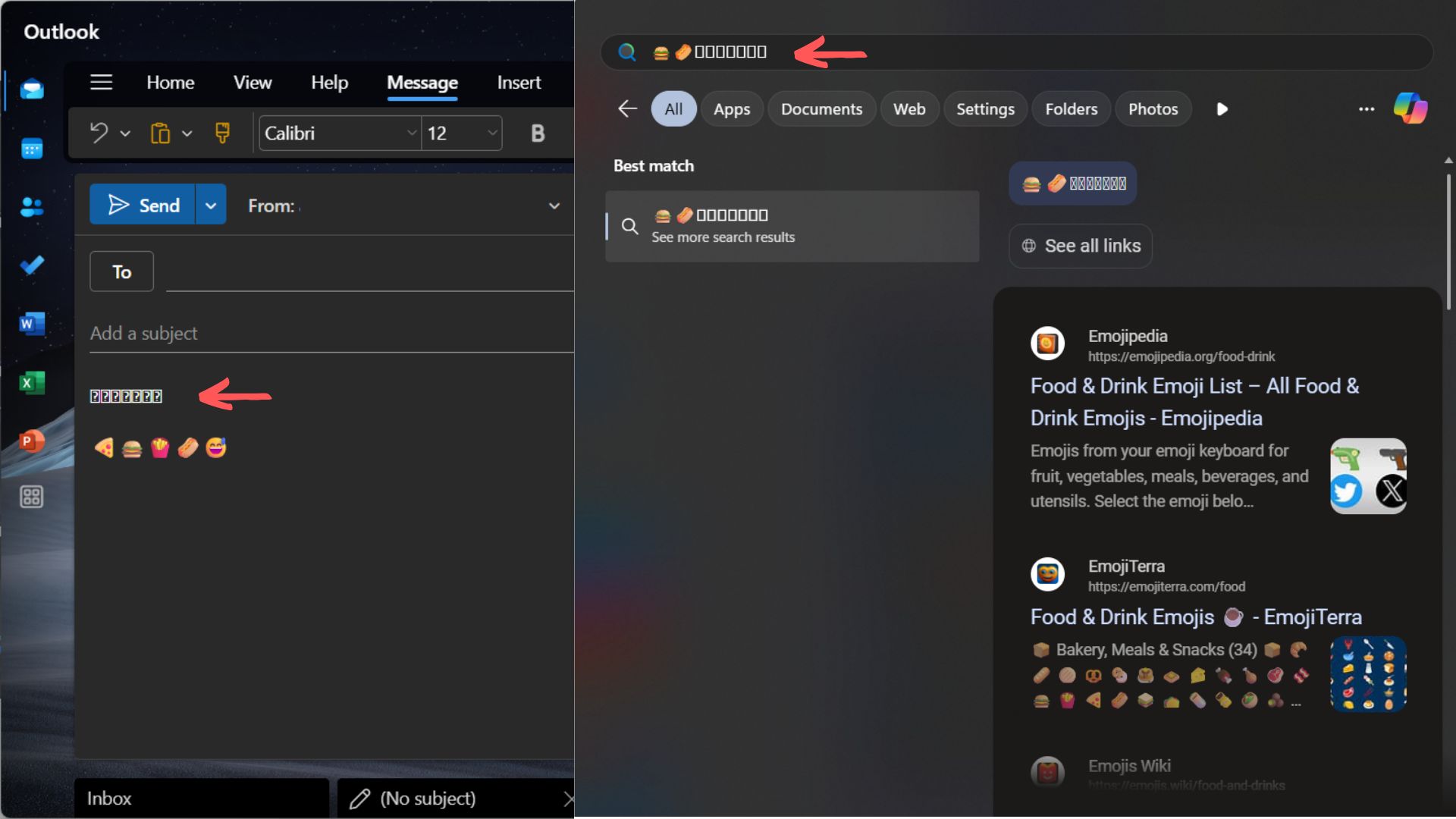
Given the longer development time needed for these older rendering engines, it might take more time for Emoji 16.0 updates to reach them.
It’s unfortunate to see newer apps like Copilot and Phone Link stuck with the same Win32 and legacy UI limitations.
Web apps like Google Docs, Google Keep, Canva, X, and Instagram override system fonts with their own sets, such as Google’s Noto Color Emoji, which hasn’t yet adopted Unicode 16 on Windows, but has already updated it in Android 15, ChromeOS, Gmail on web, and some other Google platforms.
Ideally, Windows-native and first-party apps will use Segoe UI Emoji to render Microsoft’s Fluent Emoji styling, which I personally prefer over all other emoji styles.
Cross-platform apps and web services use their own emoji fonts to keep consistency in other operating systems as well.
When will full Emoji 16.0 support arrive in Windows 11?
Though Emoji 16.0 had a soft launch in Windows 11, first in the Insider build, noted by Windows Latest, and later in regular stable Windows 11 builds, the new emojis are absent in the emoji panel, which essentially means that you can’t access them unless you go to Unicode’s official list or websites that already support these icons and manually copy them.
Historically, Microsoft has rolled out full Emoji Panel updates in cumulative patches following Unicode’s approval. Emoji 15.1 was officially released in September 2023, but it became available on the Emoji panel by June 2024.
Based on that cadence, it’s safe to assume that Emoji 16.0 will get full support in Windows 11 within the next few months.
Windows’ problem with Emoji inconsistency
To be honest, Microsoft’s version of emojis, with the 3D fluent design language, is among the best in the industry. Yet, these are nowhere close to being universal across the OS.
It’s a shame because, unless you use Teams on a regular basis, the chances of you seeing these emojis are pretty rare.
I feel Microsoft has two sides: one that comes up with these amazing designs, like the Microsoft 365 Ads and Microsoft Design wallpapers, and the other side that is still stuck on decades-old legacy designs, like the file transfer windows and sheer lack of any emoji support in the File Explorer.
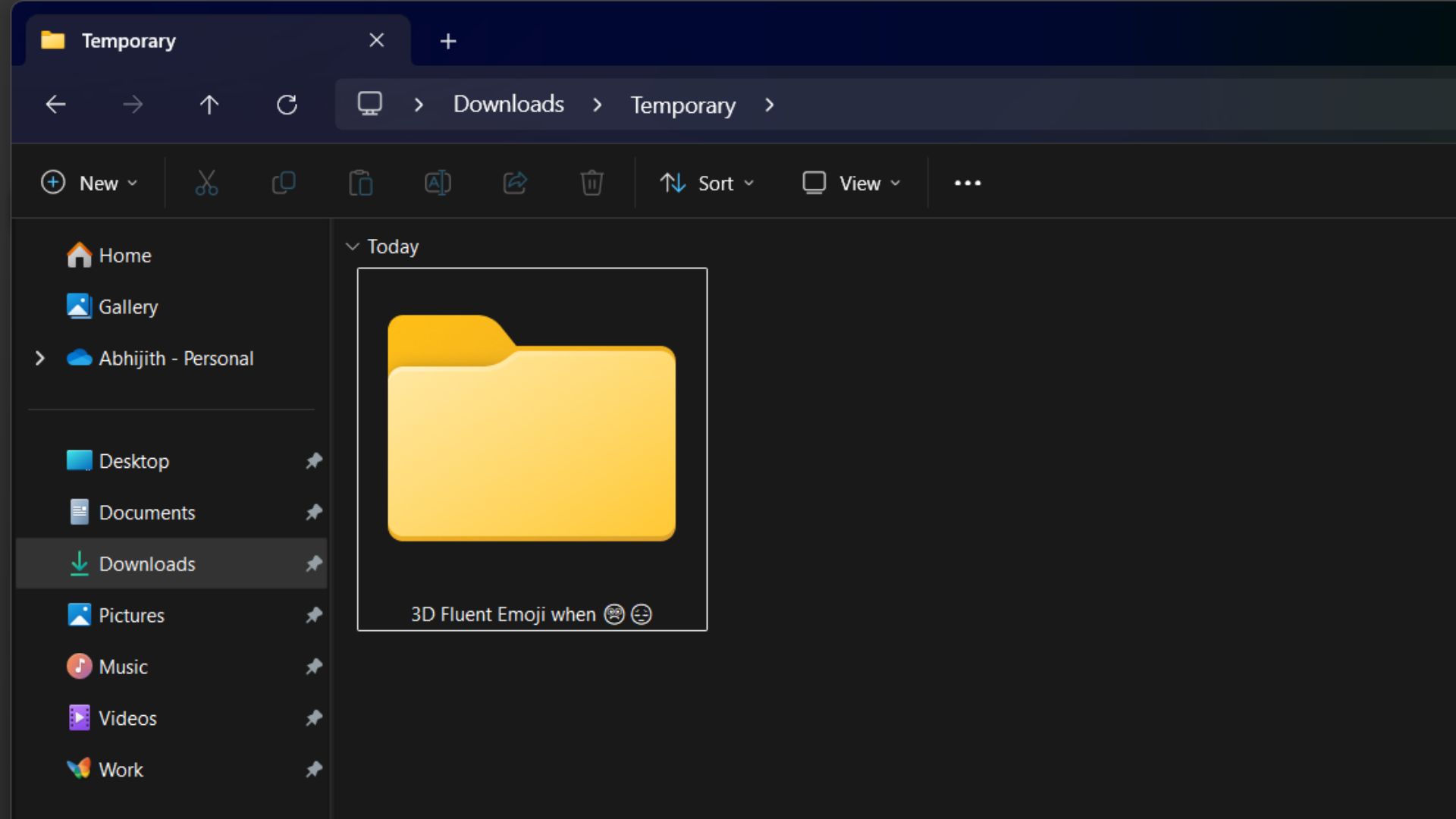
This inconsistency is what makes Windows feel older compared to its competition, despite having the most powerful features in any desktop OS. Until Microsoft finds a way to unify DirectWrite, RichEdit, GDI, and WebView, Fluent Emojis will remain a showcase feature that can’t be enjoyed everywhere.


